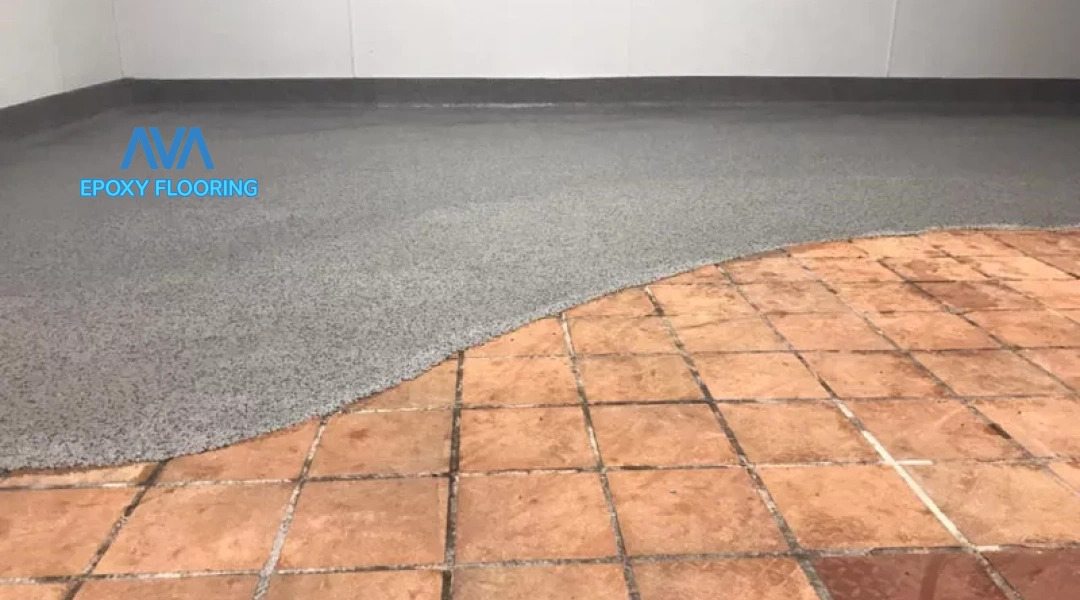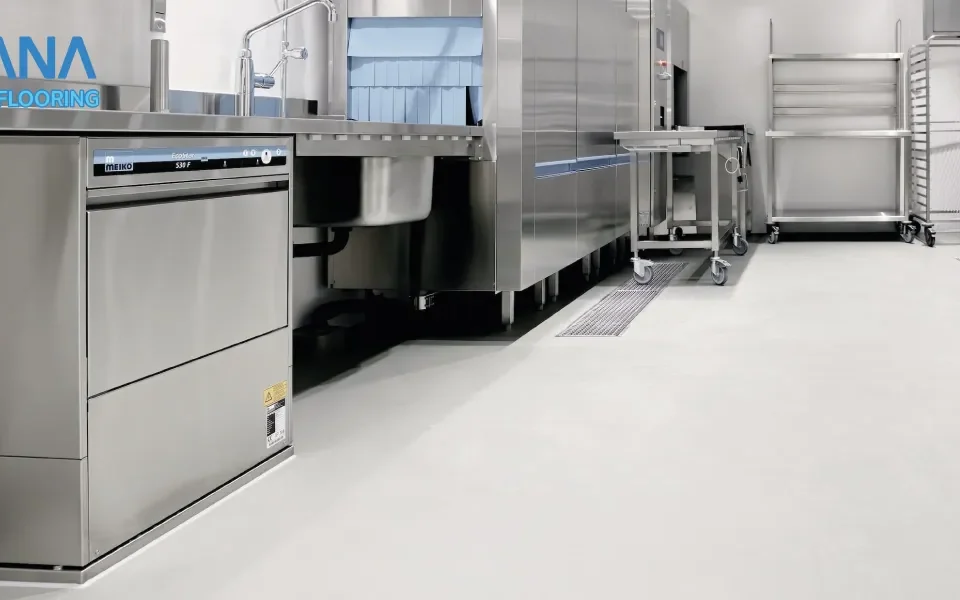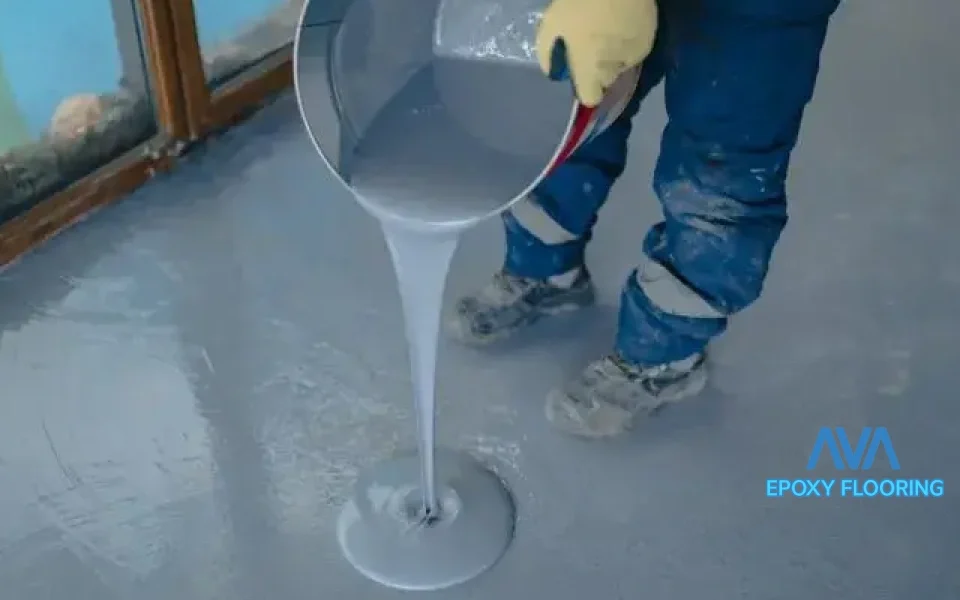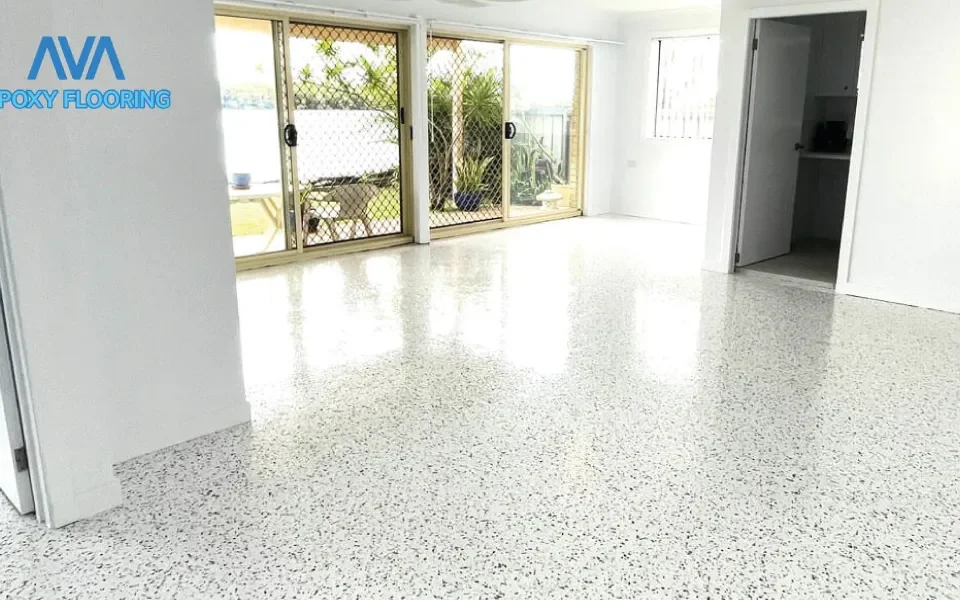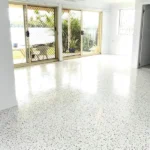
Affordable and UV-resistant Epoxy Flake Floor Brisbane
January 6, 2025One question is certain to come up sooner or later if you work on epoxy flooring projects in the residential and retail sectors: “Can you apply epoxy floor over tile?”
Being able to respond to this question is crucial.Tiles have long been a common flooring option, but the truth is that more and more people are falling in love with epoxy floors’ smooth, easy-to-clean finish. Most people are curious about how they can make this switch.
Is it possible to apply epoxy floor over tile, then? The short answer is yes, but that doesn’t always imply it’s the best course of action. Before pursuing this course with your floor, you should think about these questions.
Advice regarding epoxy floor over tile
The three most important things to consider when laying epoxy floor over tile are:
.Can tiles be adhered to by epoxy flooring?
Adhesion is the primary and most evident issue when covering a tiled floor. Certain floor tiles may be difficult to adhere to due to:
.Shiny and Glazed Tiles
If the tiles are glazed, grinding will be necessary to reduce the shine so that the epoxy can adhere. Because vitrified tiles are non-porous and very hard throughout, grinding might not be sufficient to achieve a solid connection. Usually, specialized priming is required for them to adhere.
.Sealed Terracotta Tiles
Although terracotta tiles are frequently not glazed, a sealer may be sprayed on them to keep them from appearing unclean or spill-prone. This can also result in a glossy surface. Since they might be difficult to adhere to and frequently have hydrophobic qualities, you will also need to grind if the tile is sealed in this way.
.Grout Lines
Pay special attention to the quality of the grout lines in addition to the tile’s shine and sheen. Here, pollution is the main issue. Grout, a porous substance, has a propensity to absorb oil and filth, which can seriously impair epoxy bonding. To be safe, you might have to remove everything or dig up the grout lines if the tiled floor is in a commercial kitchen or another area where there is a lot of oil pollution.
2. How well are the tiles adhered?
The problem of adhesion must be taken into account while discussing the relationship between floor tiles and concrete, in addition to clinging to the tile itself. Over time, tiles may become “drummy,” which is a sign of a flooring weakness. It’s usually best to remove all of the tiles and utilize the concrete below if many loose tiles are discovered during inspection or if they begin to break, fracture, or pop while being ground. If you decide to go over them, remember that you have no control over what the tiles could do in the future.
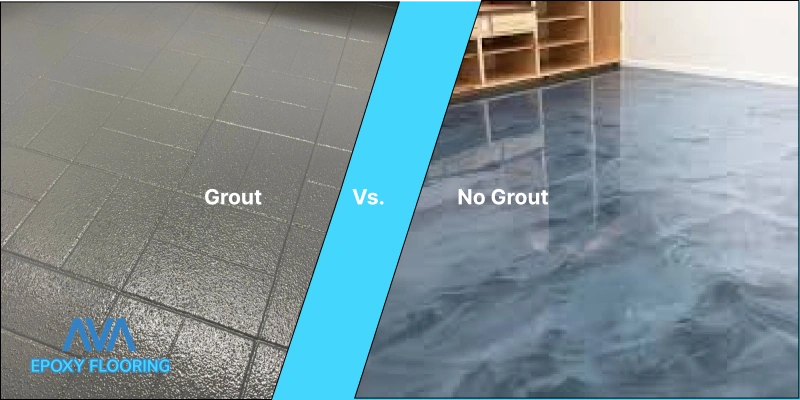
3. Do the tiles have a flat appearance?
The next task is to level the tiles if you are certain they are clean and sound, and you may apply epoxy to them. Nobody likes having obvious grout lines or protruding edges on a newly installed epoxy floor! Although grinding can be used physically to create a flat surface, using a leveling compound is usually quicker and simpler.
Regarding this duty, there are a few things to state. First off, in order to completely hide grout lines, you might need to apply up to 5mm, which might significantly increase project costs and create issues elsewhere with relation to heights around fixtures, etc. Second, there are differences among leveling chemicals. Even if they could create a level surface, many goods might cause various types of interference with the flooring system. Some epoxy floor levelers can expand and contract at different rates than the tiled floor, which can cause grout lines to become visible again. Similarly, floor levelers that are heavily diluted with water can create a very porous surface that may result in bubbles and variations in gloss.
Advice for removing tiles when applying epoxy floor over tile
The best course of action is usually to remove the tiled surface and return to clean, sound concrete if any of the aforementioned questions are answered negatively. The following are some considerations for this process:
1. There is inconsistency in floor heights
When they purchase tiles, many floor owners are unaware that the thickness of the tile and the leveler below can easily raise the floor by more than 15 mm. There will be noticeable spaces beneath skirting boards and other fittings if the new floor doesn’t occupy the same amount of area. When placed, an epoxy floor will only raise your slab by around 1mm; it won’t cover the area that tiles would have taken up.
2. Removal may be harmful and time-consuming.
Using a jackhammer to raise the floor tiles is usually very simple, but occasionally there may be additional difficulties due to what’s below. The subfloor may experience some damage during the removal procedure, and the combination of a thick coating of floor leveler and glue holding the tiles down can be exceedingly difficult and time-consuming. This frequently indicates that before an epoxy floor is installed, substantial patching or leveling may be necessary to fix chips and divots.
3. The price of removal
The size and form of your floor will determine how much it costs to remove an existing tiled floor, although it can usually be done affordably. The choice you make after removal, however, may be the most significant financial factor. Specifically, do you maintain the original height of your concrete slab and modify the trims afterward, or do you rebuild the floor first and return to the tile height? Even if many floor owners dislike the thought of adjusting the heights of trims and other elements, leveling a floor to such thicknesses may be quite expensive in addition to the removal charges.
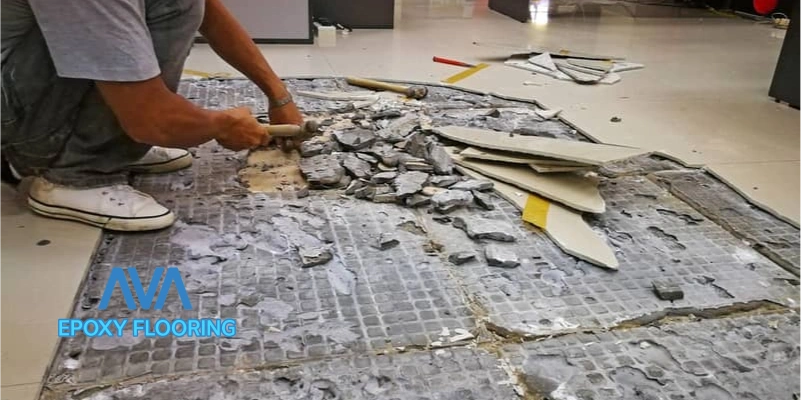
Final thought
Epoxy may be applied over tile, but it requires meticulous preparation to guarantee adherence and longevity. Cleaning the debris and making sure your tiles are dry are essential steps in properly preparing the surface. In certain situations, etching the tile surface to provide a rough texture may be necessary to help the epoxy coating adhere.
When applying epoxy floor over tile, the state of your tile grout line is also very important. Your work’s structural integrity will be impacted by tile cracks and dents. If you epoxy over tiles incorrectly, you risk ruining your surface and regretting your choice.

